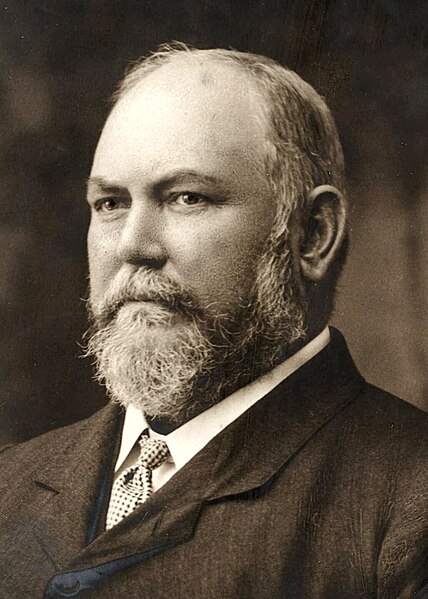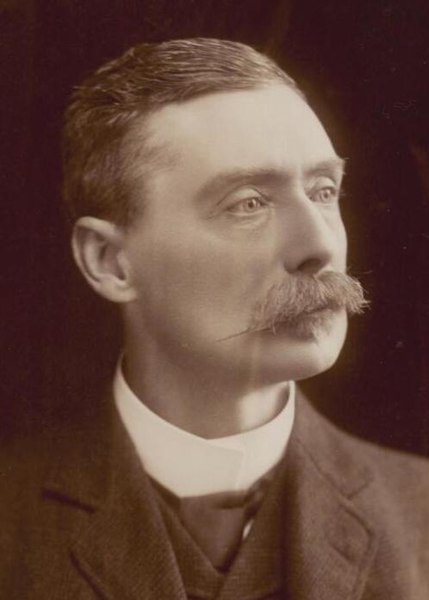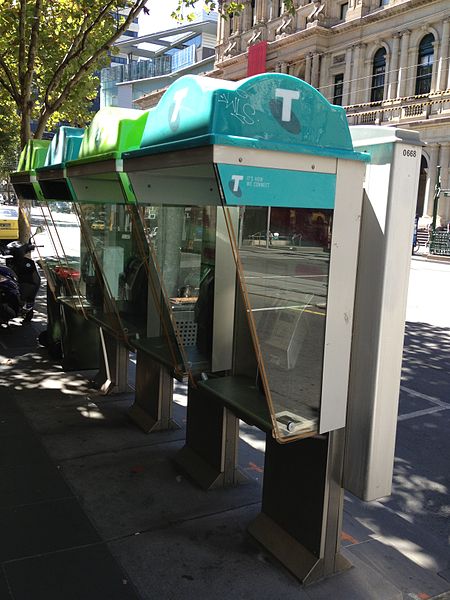Postmaster-General's Department
The Postmaster-General's Department (PMG) was a department of the Australian federal government, established at Federation in 1901, whose responsibilities included the provision of postal and telegraphic services throughout Australia. It was abolished in December 1975 and replaced by the Postal and Telecommunications Department. Two separate legal entities had been established in July 1975 to take over the department's operations: Telecom Australia and Australia Post.
Manual telephone, c. 1950. The phone and lines remained the property of the PMG.
The "PMG" stamp can still be found on many manhole covers, such as this one in central Perth.
Image: John Forrest Greenham and Evans (cropped)
Image: Portrait of James George Drake, ca. 1900 (cropped)
Telstra Group Limited is an Australian telecommunications company that builds and operates telecommunications networks and markets related products and services. It is a member of the S&P/ASX 20 and Australia's largest telecommunications company by market share.
Former OTC dish at Ceduna, South Australia.
Telstra phone booths showing the current colour scheme, replacing the former orange logo with shades of green and blue.
Telstra Store in Chadstone Shopping Centre, Melbourne
Telstra Store in the Sturt Mall in Wagga Wagga








